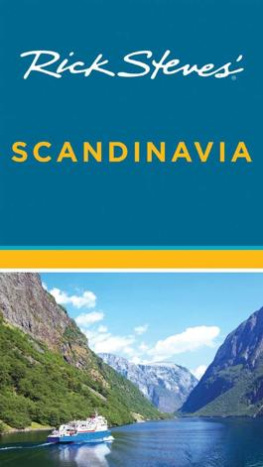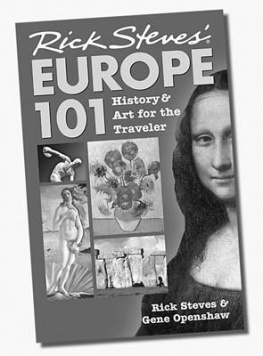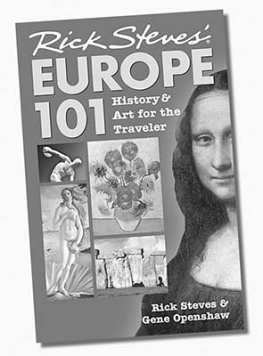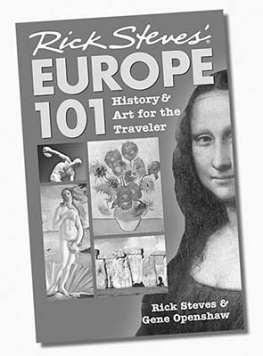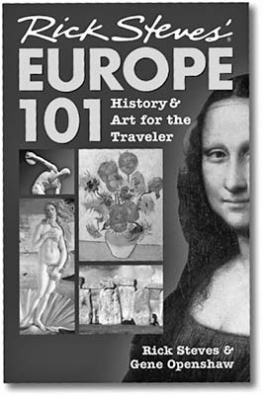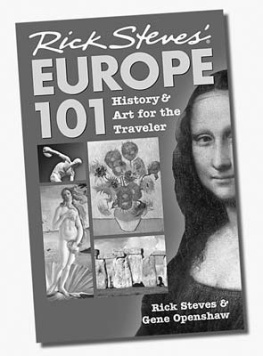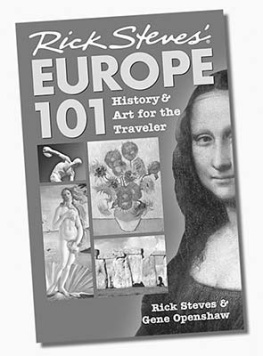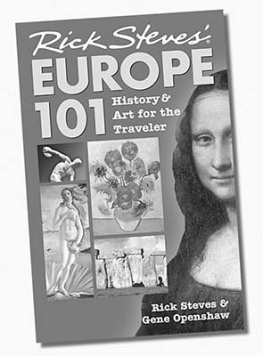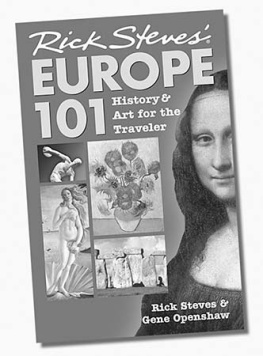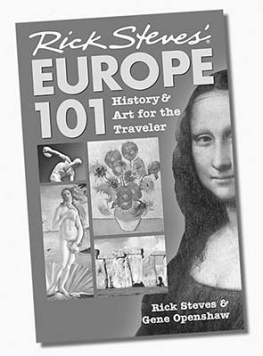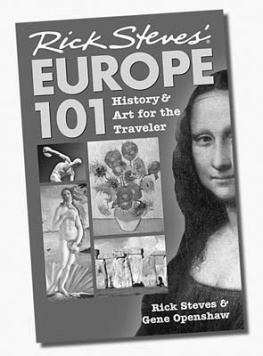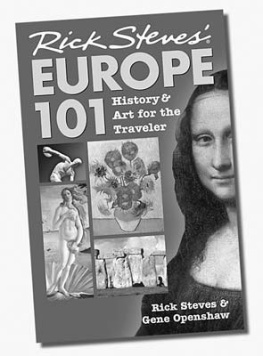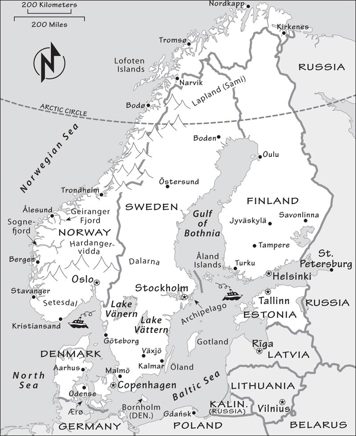Rick Steves
SCANDINAVIA
CONTENTS
Skansen Folk Museum, Stockholm
Copenhagens Rosenborg Castle
Nyhavn, Copenhagen, Denmark
Join in the Viking fun
Roskilde Museum, Denmark
Gamla Stan, Stockholm, Sweden
Rick Steves
SCANDINAVIA
Scandinaviaknown for its stunning natural beauty, fun-loving cities, trend-setting design, progressive politics, high latitudes, and even higher taxesis one of Europes most enjoyable and most interesting corners. A visit here connects you with immigrant roots, modern European values, and the great outdoors like nowhere else. Youll gasp at breathtaking fjords, glide on a cruise ship among picturesque islands, and marvel at the efficiency and livability of its big cities. Yes, Scandinavia is expensive. But, delightfully, the best time to visitsummeris also the best time to get great deals on the fancier hotels.
This book breaks Scandinavia into its top big-city, small-town, and rural attractions. It gives you all the information and opinions necessary to wring the maximum value out of your limited time and money. If you plan a month or less in Scandinavia, this book has all the information youll need.
Experiencing the culture, people, and natural wonders of Scandinavia economically and hassle-free has been my goal throughout three decades of traveling, guiding tours, and travel writing. With this book, I pass on to you the lessons Ive learned.
This book is balanced to include a comfortable mix of exciting capital cities and cozy small towns. It covers the predictable biggies and mixes in a healthy dose of Back Door intimacy. Along with seeing Tivoli Gardens, Hans Christian Andersens house, and The Little Mermaid, youll take a bike tour of a sleepy, remote Danish isle, dock at a time-passed fjord village, and wander among eerie, prehistoric monoliths in Sweden. And for an exciting Baltic side trip, Ive added my vote for the most interesting city in that corner of EuropeTallinn, Estonia.
Use this legend to help you navigate the maps in this book.
The best is, of course, only my opinion. But after spending a third of my adult life exploring and researching Europe, Ive developed a sixth sense for what travelers enjoy. Just thinking about the places featured in this book makes me want to belly up to a smrgsbord.
Rick Steves Scandinavia is your smiling Swede, your Nordic navigator, and a personal tour guide in your pocket. This book is organized by destinations. Each destination is a mini-vacation on its own, filled with exciting sights, strollable neighborhoods, affordable places to stay, and memorable places to eat.
In the following chapters, youll find these sections:
Planning Your Time suggests a schedule for how to best use your limited time.
Orientation includes specifics on public transportation, helpful hints, local tour options, easy-to-read maps, and tourist information.
Sights describes the top attractions and includes their cost and hours.
Self-Guided Walks take you through interesting neighborhoods, with a personal tour guide in hand.
Sleeping describes my favorite hotels, from good-value deals to cushy splurges.
Eating serves up a range of options, from inexpensive eateries to fancy restaurants.
Connections outlines your options for traveling to destinations by bus, train, plane, and boat. In car-friendly regions, Ive also included route tips for drivers.
Country introductions give you an overview of each countrys culture, customs, money, history, current events, cuisine, language, and other useful practicalities.
Key to This Book
Updates
This book is updated regularly. For the latest, visit www.ricksteves.com/update. For a valuable list of reports and experiencesgood and badfrom fellow travelers, check www.ricksteves.com/feedback.
Abbreviations and Times
I use the following symbols and abbreviations in this book:
Sights are rated:
| Dont miss |
| Try hard to see |
| Worthwhile if you can make it |
| No rating | Worth knowing about |
Tourist information offices are abbreviated as TI, and bathrooms are WCs. To categorize accommodations, I use a Sleep Code (described on ).
Like Europe, this book uses the -hour clock. Its the same through 12:00 noon, then keep going: 13:00, 14:00, and so on. For anything over 12, subtract 12 and add p.m. (14:00 is 2:00 p.m.).
When giving opening times, I include both peak season and off-season hours if they differ. So, if a museum is listed as May-Oct daily 9:00-16:00, it should be open from 9 a.m. until 4 p.m. from the first day of May until the last day of October (but expect exceptions).
For transit or tour departures, I first list the frequency, then the duration. So, a train connection listed as 2/hour, 1.5 hours departs twice each hour and the journey lasts an hour and a half.
The Scandinavian History chapter introduces you to some key people and events in these nations complicated pasts, making your sightseeing that much more meaningful.
The appendix is a travelers tool kit, with telephone tips, useful phone numbers, transportation basics (on trains, buses, boats, car rentals, driving, and flights), recommended books and films, a festival list, a climate chart, a handy packing checklist, a hotel reservation form, and survival phrases.
Next page
